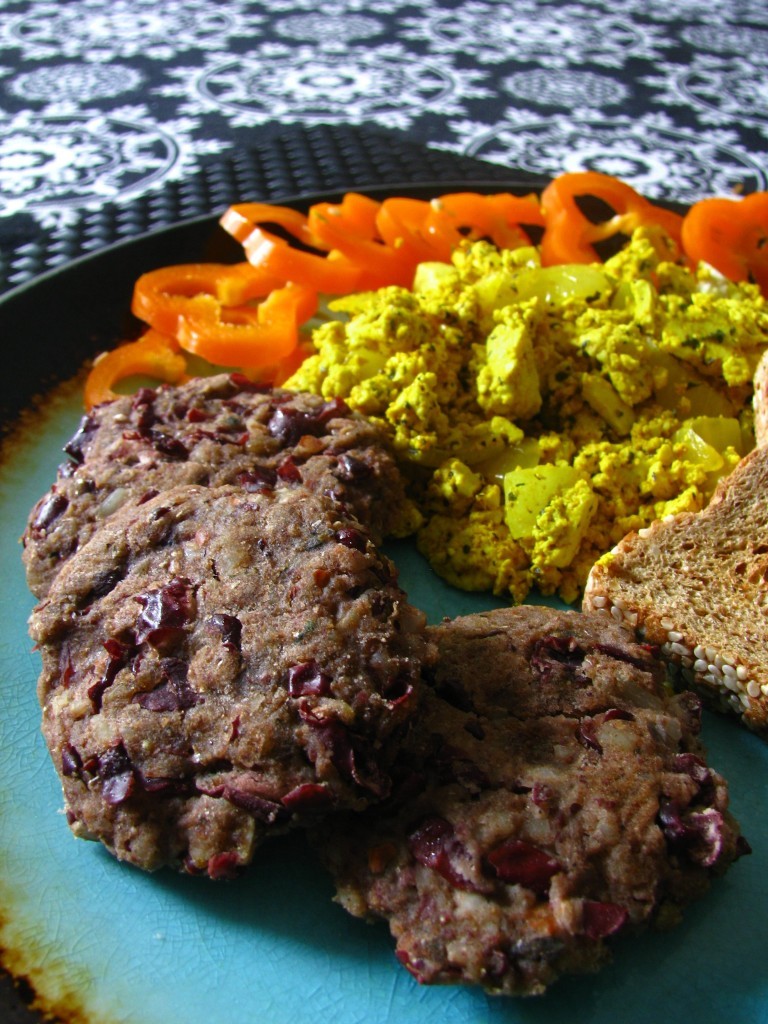By Joel Mackenzie, Contributor
Carbohydrates (carbs) are organic compounds made up of carbon (carbo) and water (hydrate). They are the most accessible form of energy a body can use, and are digested into glucose (sugar), which our body uses as fuel more easily than any other form of energy (fats, protein, or alcohol).
Carbs are often categorized as “simple” and “complex.” These types were once considered “unhealthy” or “healthy” (respectively), though now, these distinctions aren’t considered as important. Simple carbs are either single molecules of glucose or fructose (monosaccharides), or groups of two of these bound together (disaccharides). Complex carbs are made up of groups of greater amounts of bound simple carbs, and are categorized as oligo- or polysaccharides. Simple carbs appear to enter the blood stream more quickly than complex ones, making higher blood-sugar spikes. While this is true to an extent, some starches, which are polysaccharides, can be absorbed quicker than simple carbs, and simple carbs, when consumed with fibre and other components of whole foods, are not absorbed as fast as when they are isolated.
Rather then simple and complex labels, carbs should be analyzed for their nutrient and fibre content, and their effect on blood sugar. This can be analyzed using the glycemic index (www.glycemicindex.com), which rates foods on a scale from 1 to 100 on the extent to which they raise blood sugar after being eaten. Generally, foods lower on the GI provide more gradual blood sugar increase, which provides more sustained energy and less chemical imbalances.
The Food and Agricultural Organization of the United Nations and the World Health Organization suggest that a diet should consist of 55 per cent to 75 per cent carbs. Diets designed for fat loss that suggest lower carbs intake work only if they provide one with a reduced caloric intake, as excess calories (from any source) are what produce excess fat. The problem with these diets is that they lead to sluggishness and carb cravings, as glucose, which human bodies need, is harder to derive from fat and protein than from carbs.
The best sources of carbs include whole vegetables (including root vegetables), fruits, whole grains, beans, and corn syrup. But seriously, not corn syrup.
[hr]
Kidney Bean Breakfast Patties
I designed this recipe with breakfast sausage patties in mind. The almond meal, rice, and kidney beans give them a meaty texture, and the thyme and sage are spices typically used with meat. They’re filled with low-GI carbs, protein, fibre, and monounsaturated (“healthy”) fats, and they are oven-baked, so they’re cooked without oil.
To reduce calories, one tablespoon of almond meal (containing roughly 67 calories) can be replaced by one of brown rice (roughly 13 calories), though this will change the texture a bit.
All of the following prices were taken from Save-On-Foods.
[hr]
Makes seven 2” round, ½” thick patties.
1 cup kidney beans $0.60, Western Family, canned
2 tbsp almond meal $0.40, bulk
1 tbsp cooked brown rice $0.12, bulk
2 tbsp whole wheat flour $0.05, bulk
2 tsp canola oil $0.10, Western Family, 3 L
½ tsp thyme ≈$0.01, bulk
½ tsp sage ≈$0.01, bulk
¼ tsp onion powder ≈$0.01, bulk
¼ tsp chopped garlic ≈$0.01, bulk
¼ tsp pepper ≈$0.01, bulk
¾ tsp regular soy sauce $0.04, Kikkoman, 396 mL
[hr]
Nutritional information (half of total, roughly 3.5 patties):
272 calories, 28.5 g carbs, 20.3 g protein, 5.75 g fat.
[hr]
Directions:
1. Preheat oven to 177 C (350 F).
2. Mash the kidney beans in a bowl.
3. Add all other ingredients and mash until all are thoroughly mixed and a sticky dough is formed (if you need clean fingers to flip through The Other Press while mashing, wet them just slightly beforehand).
4. Form into 2” round, ½” thick patties, and place on a cookie sheet lined with parchment paper.
5. Cook for 10 minutes on one side, five minutes on the other.



